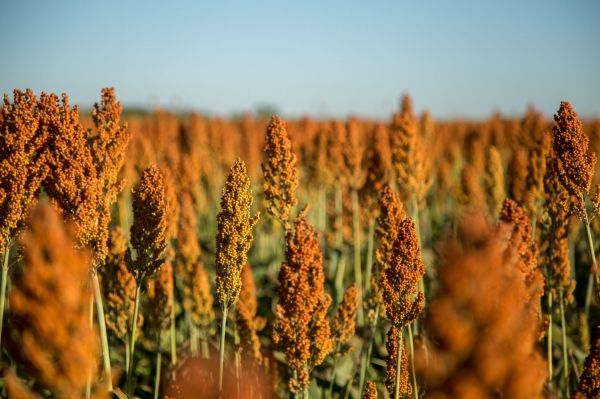The world faces an increasing amount of carbon dioxide in the atmosphere and a shortage of carbon in the soil. However, bioenergy sorghum can provide meaningful relief from both problems, according to a new study by Texas A&M AgriLife Research scientists.
The study was recently published in GCB Bioenergy. According to the research, bioenergy sorghum hybrids capture and sequester significant amounts of atmospheric carbon dioxide in soil. The crop can improve soil fertility and potentially earn carbon credits to offset greenhouse gas emissions.
In addition, the study shows that bioenergy sorghum’s unusually deep root system can reach sources of water and nutrients untapped by other annual crops. These results suggest the crop can help manage fertilizer runoff from other annuals in a crop rotation.
Continue reading at Texas A&M University
Image via Texas A&M University


